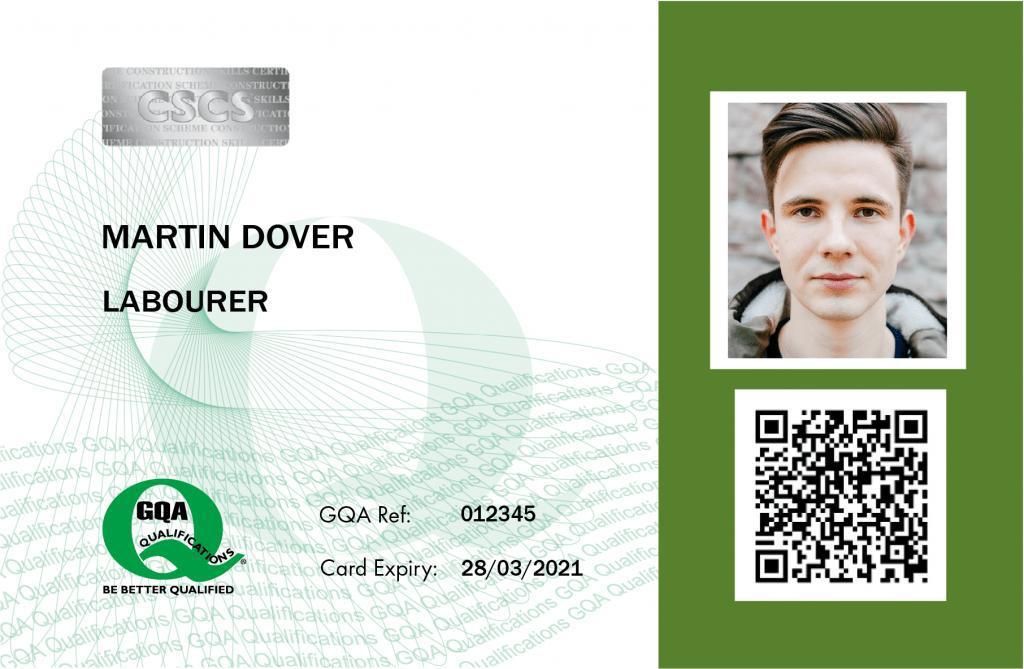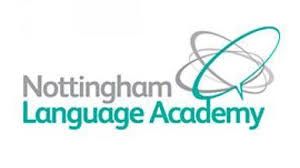
Strategic Foresight and Planning
Course ID: 2508110101373ESH
Course Dates : 11/08/25 Course Duration : 5 Studying Day/s Course Location: London, UK
Language: Bilingual
Course Category: Professional and CPD Training Programs
Course Subcategories: Operations and Process Excellence
Course Certified By: ESHub CPD & LondonUni - Executive Management Training
* Professional Training and CPD Programs
Leading to:
Executive Diploma Certificate
Leading to:
Executive Mini Masters Certificate
Leading to
Executive Masters Certificate
Certification Will Be Issued From :
From London, United Kingdom
Course Fees: £5,120.30
Vat Not Included in the price. VAT may vary depending on the country where the course or workshop is held.
Click to Pay
Date has passed please contact us Sales@e-s-hub.com
Course Information
Introduction
Strategic foresight and planning are essential disciplines that empower organizations to navigate uncertainty, anticipate change, and seize opportunities in an increasingly complex world. As industries face rapid technological advancements, shifting consumer preferences, and geopolitical disruptions, the ability to think strategically about the future has become a critical competency for leaders and decision-makers. This course is designed to equip professionals with the tools, frameworks, and methodologies necessary to identify emerging trends, assess their implications, and develop actionable strategies that align with long-term goals. By integrating theory with practice, participants will gain insights into how strategic foresight can drive innovation, enhance resilience, and foster sustainable growth.
One of the most pressing challenges in modern organizations is the gap between short-term operational demands and long-term strategic vision. Many businesses struggle to balance immediate pressures with the need to prepare for future uncertainties, often resulting in reactive rather than proactive decision-making. For instance, the collapse of Kodak serves as a cautionary tale of failing to anticipate the rise of digital photography despite being a pioneer in the field. This course addresses such gaps by introducing participants to structured approaches like scenario planning, systems thinking, and trend analysis, enabling them to bridge the divide between present realities and future possibilities.
The benefits of mastering strategic foresight extend beyond individual career advancement to encompass organizational transformation. Professionals who develop these skills are better equipped to contribute to high-level discussions, influence policy decisions, and lead cross-functional teams. Organizations, in turn, benefit from enhanced agility, improved risk management, and a competitive edge in dynamic markets. Drawing on established theories such as Peter Schwartz’s work on scenario planning and Herman Kahn’s pioneering contributions to futures studies, this course ensures that participants engage with proven methodologies while exploring contemporary applications relevant to their industries.
Real-world examples underscore the practical value of strategic foresight. Consider how Shell Oil Company utilized scenario planning during the oil crises of the 1970s to adapt its strategies and maintain market leadership amidst volatile conditions. Similarly, governments worldwide have adopted foresight techniques to address climate change, public health emergencies, and economic shifts. These case studies illustrate how foresight enables stakeholders to anticipate challenges, explore alternative futures, and design robust responses. Participants will learn to apply similar principles in their own contexts, whether they operate in corporate, nonprofit, or governmental settings.
The interdisciplinary nature of strategic foresight makes it particularly valuable across diverse sectors. From healthcare administrators forecasting patient needs to technology firms anticipating market disruptions, the principles of foresight transcend traditional boundaries. By fostering collaboration among stakeholders and encouraging holistic perspectives, this course equips participants to tackle multifaceted problems with confidence and creativity. Moreover, as industries increasingly prioritize sustainability and ethical considerations, foresight offers a framework for aligning business objectives with broader societal goals.
Ultimately, this course represents an investment in both personal and professional development. It invites participants to step back from day-to-day operations and adopt a forward-looking mindset that positions them as architects of change within their organizations. Whether you are seeking to enhance your leadership capabilities, drive organizational innovation, or simply stay ahead of industry trends, this program provides the knowledge and tools needed to thrive in an era defined by constant evolution.
Objectives
By attending this course, participants will be able to:
Analyze key drivers of change affecting their industry using frameworks such as PESTLE analysis and trend mapping.
Evaluate potential risks and opportunities associated with different future scenarios through structured scenario planning exercises.
Design strategic roadmaps that integrate foresight insights with organizational priorities and resource constraints.
Apply systems thinking methodologies to identify interdependencies and leverage points within complex environments.
Implement monitoring mechanisms to track emerging trends and adjust strategies accordingly.
Synthesize data from multiple sources to inform evidence-based decision-making processes.
Facilitate collaborative workshops that engage diverse stakeholders in envisioning and shaping the future.
Who Should Attend?
This course is ideal for:
Senior executives and managers responsible for setting long-term strategic direction.
Consultants and analysts tasked with advising clients on future-oriented initiatives.
Policy makers and government officials involved in national or regional planning efforts.
Innovation officers and R&D leaders seeking to align product development with anticipated market shifts.
Educators and researchers interested in teaching or studying strategic foresight methodologies.
Training Method
• Pre-assessment
• Live group instruction
• Use of real-world examples, case studies and exercises
• Interactive participation and discussion
• Power point presentation, LCD and flip chart
• Group activities and tests
• Each participant receives a 7” Tablet containing a copy of the presentation, slides and handouts
• Post-assessment
Program Support
This program is supported by:
* Interactive discussions
* Role-play
* Case studies and highlight the techniques available to the participants.
Daily Agenda
Daily Schedule (Monday to Friday)
- 09:00 AM – 10:30 AM Technical Session 1
- 10:30 AM – 12:00 PM Technical Session 2
- 12:00 PM – 01:00 PM Technical Session 3
- 01:00 PM – 02:00 PM Lunch Break (If Applicable)
- Participants are expected to engage in guided self-study, reading, or personal reflection on the day’s content. This contributes toward the CPD accreditation and deepens conceptual understanding.
- 02:00 PM – 04:00 PM Self-Study & Reflection
Please Note:
- All training sessions are conducted from Monday to Friday, following the standard working week observed in the United Kingdom and European Union. Saturday and Sunday are official weekends and are not counted as part of the course duration.
- Coffee and refreshments are available on a floating basis throughout the morning. Participants may help themselves at their convenience to ensure an uninterrupted learning experience Provided if applicable and subject to course delivery arrangements.
- Lunch Provided if applicable and subject to course delivery arrangements.
Course Outlines
Foundations of Strategic Foresight
Introduction to strategic foresight: Definitions, history, and relevance.
Overview of key frameworks: Scenario planning, systems thinking, and horizon scanning.
Identifying drivers of change: Economic, social, technological, environmental, and political factors.
Group activity: Mapping current trends affecting participant industries.
Day 2:
Tools and Techniques for Anticipating Change
Conducting PESTLE analysis to assess external influences.
Exploring megatrends and weak signals: How to distinguish between them.
Building a trend database: Best practices for data collection and analysis.
Case study review: Lessons from successful foresight projects.
Day 3:
Scenario Planning and Risk Assessment
Principles of scenario planning: Crafting plausible futures.
Assessing risks and opportunities within each scenario.
Developing contingency plans based on identified scenarios.
Workshop: Creating a basic scenario plan for a hypothetical organization.
Day 4:
Systems Thinking and Strategic Integration
Understanding systems thinking: Causal loops and feedback mechanisms.
Mapping interdependencies within complex systems.
Aligning foresight insights with organizational strategy.
Exercise: Applying systems thinking to real-world challenges.
Day 5:
Implementation and Continuous Learning
Designing strategic roadmaps: Translating foresight into action.
Establishing monitoring systems to track emerging trends.
Engaging stakeholders in foresight activities.
Reflection session: Personal action plans for applying course learnings.



















































